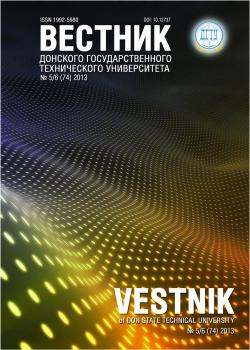Статья посвящена анализу современного состояния и перспективам развития технологий соединения материалов, таких как сварка, пайка, склеивание в европейских странах и в промышленно развитых странах мира. Показано, что темпы роста сварочного производства в различных отраслях достигают 8 % в год. По объёмам выпуска сварочного оборудования, роботизированных комплексов и сварочных материалов в лидеры выходит Китай. Значительный прирост объёмов сварочного производства наблюдается в развивающихся странах Азии, Африки и др. Большое внимание в статье уделено тенденциям развития стандартизации и сертификации в сварочном производстве, проблемам квалификации персонала.
межотраслевые технологии, стандартизация и сертификация, квалификация персонала, эффективность управления.
1. Introduction: Development of joining technology as a production process.Joining, i.e. the connection of individual components in order to form one unit, is a problem which has concerned people since time immemorial and has stimulated them to very diverse creativity. Just think of the insertion of a handle into a stone with holes in order to manufacture the first hammer, the tying of a stone tip to a wooden shaft in order to increase the effect of an arrow, the weaving and sewing of fabrics and the joining of stones or pieces of wood in order to create whole building structures.
One particular type of joining relates to the so-called material-locking joining of components (as opposed to so-called positive-locking joining) in which the components are joined with each other in such a way that they can no longer be easily separated from each other once again, e.g. by means of adhesive bonding, brazing or, as always, welding.
Today, the industrial production of technical goods, particularly of investment goods, is hardly conceivable without joining technology. Welding, brazing and adhesive bonding are used for the manufacture of household appliances, vehicles of all kinds and electrical and electronic devices as well as for building structures in the private and industrial sectors. Today joining technology accounts for a substantial proportion of the entire manufacturing process of investment goods. Examples are specified onTable 1.
Table 1
Proportion of the value added by welding in some sectors as examples
|
Sector |
Value added by welding |
|
Сonstruction of metal and plastic pipelines |
approx. 3 % |
|
Metal construction |
approx. 5 % |
|
Vehicle construction (motor and rail vehicles) |
approx. 7 % |
|
Shipbuilding |
approx. 8 % |
|
Aerospace construction: (including allied joining technologies) |
approx. 8 % |
(according to internal calculations by DVS / GSI in 2012)
1.
2.
3.
4.
5.
6.
7.
8.
9.
10.





